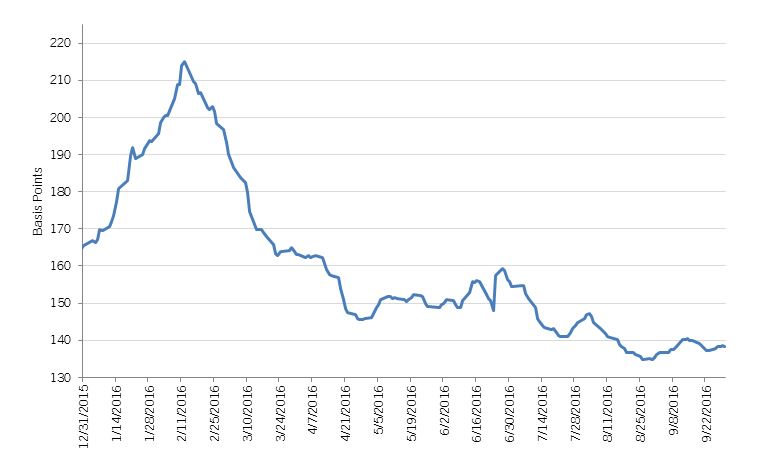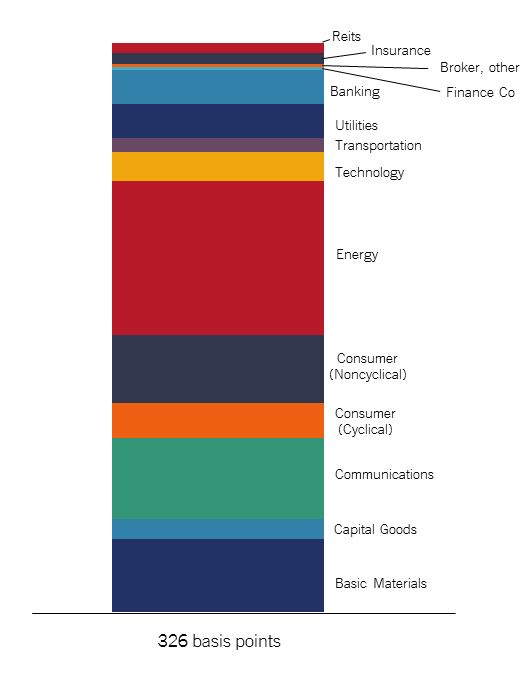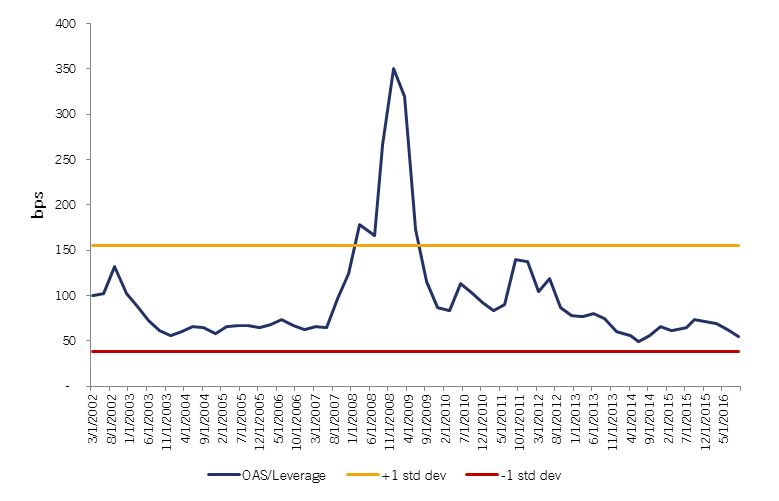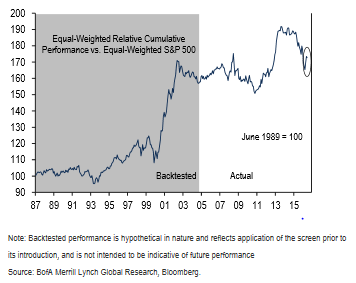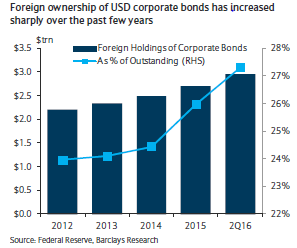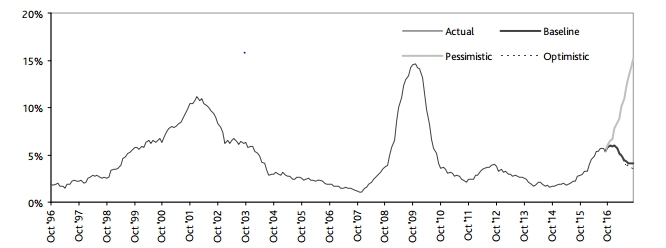
Official Press Release
Chicago, IL (December 9, 2019) – For the third year in a row, AAM Insurance Investment Management has been recognized as one of the 2019 Best Places to Work in Money Management as announced by Pensions & Investments today.
Presented by Pensions & Investments, the global news source of money management, eighth-annual survey and recognition program is dedicated to identifying and recognizing the best employers in the money management industry.
For over 35 years, AAM has strived to create a supportive work environment focused on rewarding employees and delivering exceptional customer service, while also giving back to the community. Key employee incentives include attractive compensation and bonus structures, generous benefits and PTO, and an employee ownership program that promotes longevity and partnership among members.
The company also encourages employees to give back to the community through programs coordinated with the United Way and other local organizations. Employees volunteer to work at a local foodbank, mentor students at an inner city high school and sponsor less fortunate families during the holidays.
“It is clear that intentional work being done to create workplaces with common goals, trust and community is more important,” said P&I Editor Amy B. Resnick. “This year’s winners stand out for their commitment to their people and the communities in which they operate.”
“I’ve worked at AAM for nearly 17 years,” remarked AAM Senior Portfolio Manager Dan Byrnes. “What makes working here so great is the people both externally and internally. Externally, I have had the opportunity work with clients over the years that are good people and challenge me to consistently do my best on their behalf. Internally, the culture of the firm aligns everyone’s priorities. We take seriously our responsibilities to our clients and strive to achieve our goals and theirs, but we also care about each others’ personal well-being outside of work.”
Camaraderie is built through participation in charitable projects as well as company-sponsored events to encourage team building. These include an annual golf outing referred to as the AAM Ryder Cup, Friday “Jeans” days for significant accomplishments, summer hours, pizza lunches, early close prior to holidays, yearly “Bring Your Kids to Work” days, and an annual holiday season party.
Pensions & Investments partnered with Best Companies Group, an independent research firm specializing in identifying great places to work, to conduct a two-part survey process of employers and their employees.
About AAM
Chicago-based AAM Insurance Investment Management is a registered investment advisor with the SEC founded in 1982 to provide insurance companies with expertise in insurance asset management and practical knowledge of the regulatory and competitive environment. AAM is dedicated to meeting insurance company needs, with expertise across asset classes. As of September 30, 2019, AAM manages $28.6 billion in assets for insurance company clients across all segments of the industry. The firm is owned by a group of AAM employees as well as by Minneapolis-based Securian Financial.
Visit us at www.aamcompany.com
About Pensions & Investments
Pensions & Investments, owned by Crain Communications Inc., is the 46-year-old global news source of money management. P&I is written for executives at defined benefit and defined contribution retirement plans, endowments, foundations and sovereign wealth funds, as well as those at investment management and other investment-related firms. Pensions & Investments provides timely and incisive coverage of events affecting the money management and retirement businesses. Visit us at www.pionline.com






